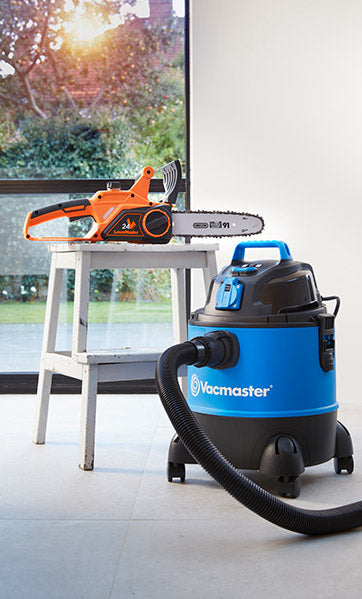-
Free Next Day Delivery
-
Direct from the Brand
-
UK Customer Support
Air Watts Made Easy
1 Min Read
- Buying Guide
Share

What is an Air Watt?
Vacuum cleaner manufacturers, like Vacmaster, Hoover, Dyson and Vax, quote a variety of different performance measures when promoting products – each there to serve a different purpose.
Air Watts were introduced to help customers to understand the suction power of a vacuum cleaner in typical operating conditions.
Air Watts are now widely recognised as being one of the best indications of vacuum cleaner performance – better than motor watts, maximum pressure value or maximum airflow value.
How is it measured?
The Industry Standard test for Air Watts is designed to measure the energy of the suction airflow created by a vacuum cleaner during typical operating conditions.
The Air Watt value is the maximum amount of energy present in the airflow per second during test conditions.
During the test the inlet size to the vacuum cleaner is gradually reduced to replicate different levels of blockage that occur while using a vacuum cleaner.
An optimum Air Watt result would be maintaining good airflow and suction pressure during the partial blockage.

Why is it a better indicator than Motor Watts?
The Motor Watts value is the maximum power possible from the motor. Less efficient motors, or motors that can take a greater load than the fan demands, will have a high wattage value. But the suction power is not necessarily better.
Why is it a better indicator than kPA?
The kPA value is the maximum suction pressure during test conditions. This is measured with almost no airflow when the inlet is completely blocked and as such isn’t representative of real-life product use. Vacuums with low Air Watts can have excellent kPA values under test conditions.
Why is it a better indicator than Airflow alone?
The Airflow stated in the vacuum cleaner specifications, is the maximum Airflow possible. This is measured with the inlet completely free from obstruction. Again, this doesn’t represent real life use so is not as accurate as using Air Watts. Vacuum cleaners with low Air Watts can have excellent Airflow values under test conditions.
As you can see, Air Watts are the only measurement which gives an insight into the actual cleaning ability of the machine in test conditions that replicate typical operating conditions. We encourage you to look at the Air Watts of our vacuum cleaners.
